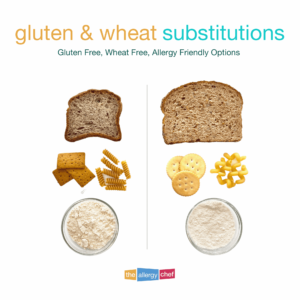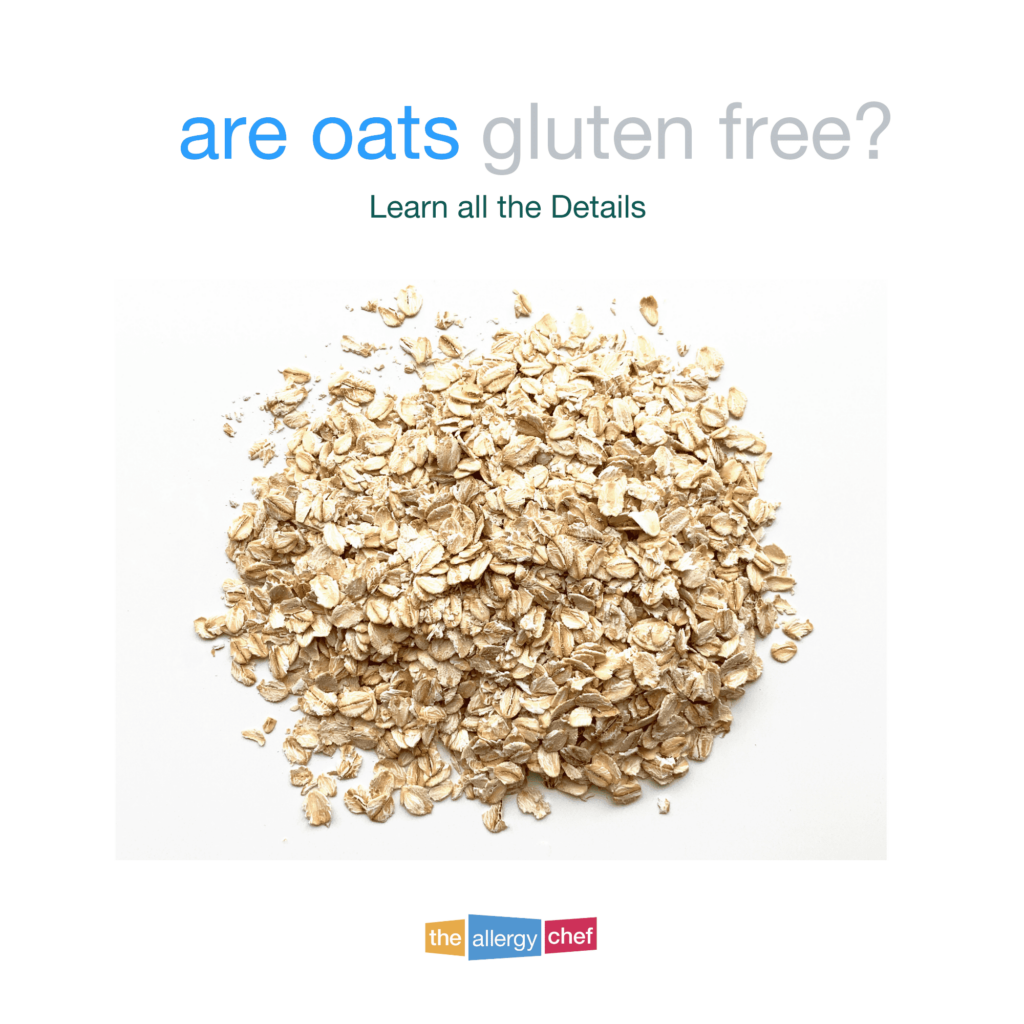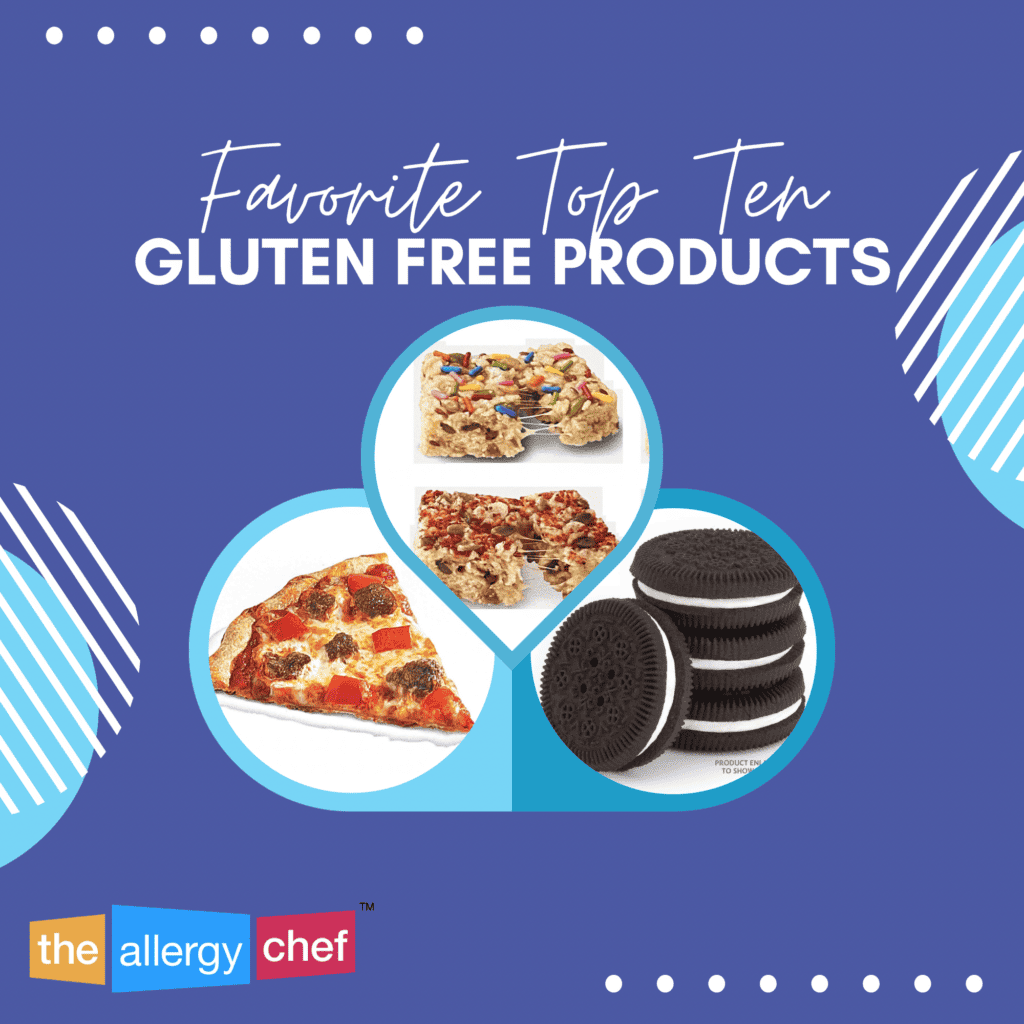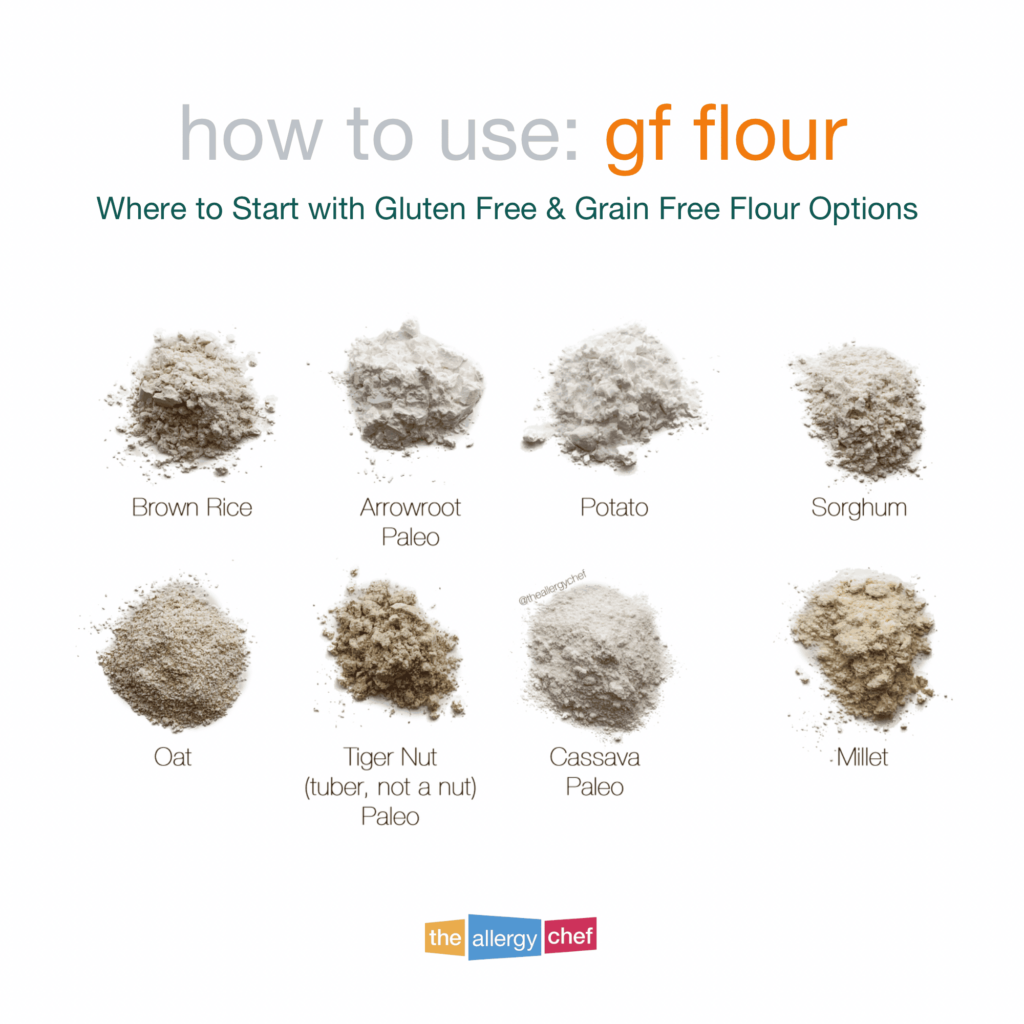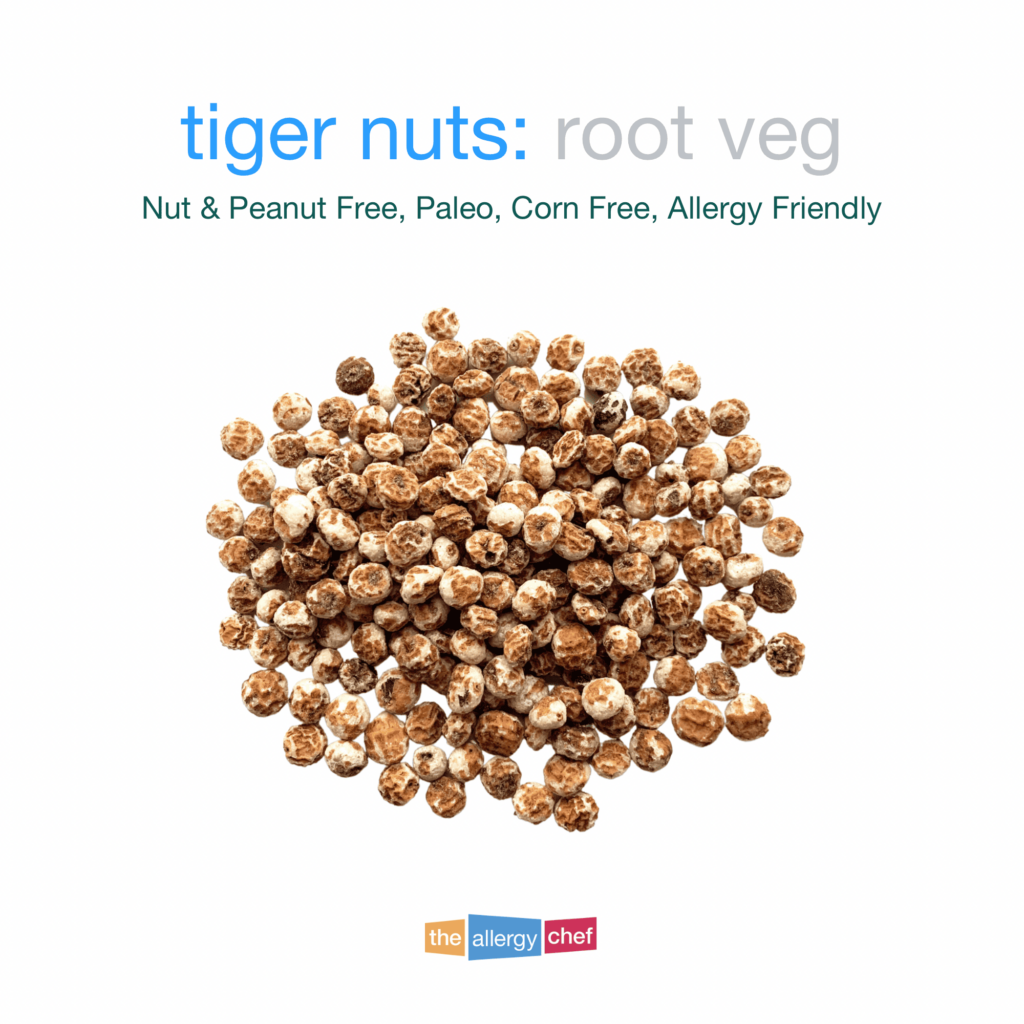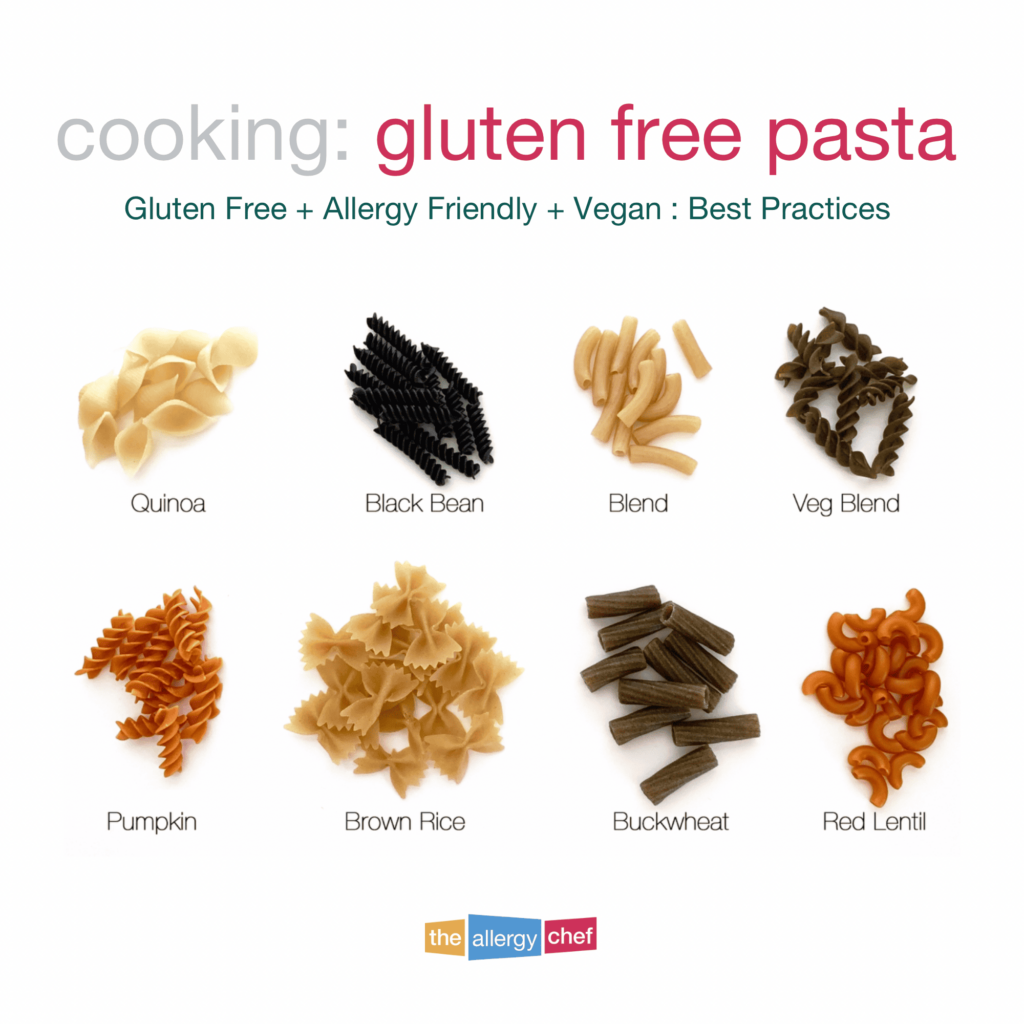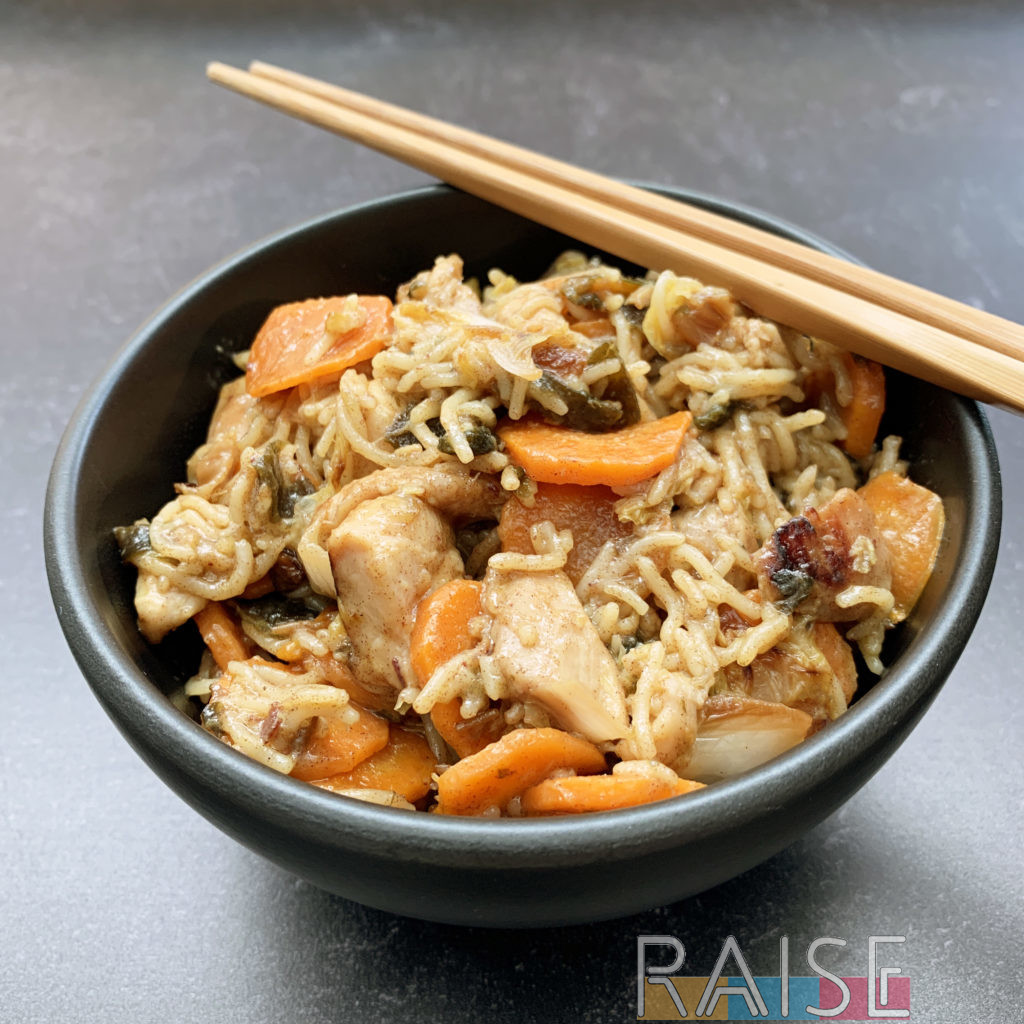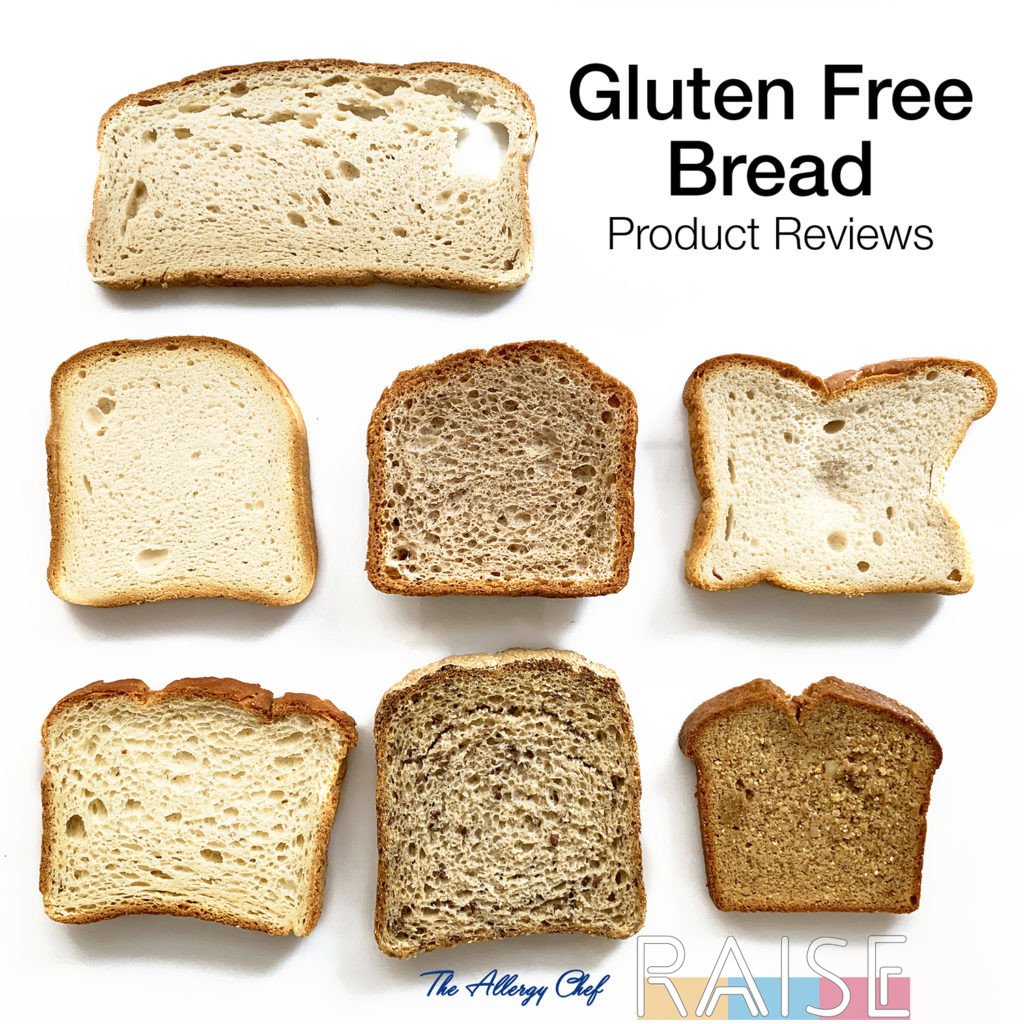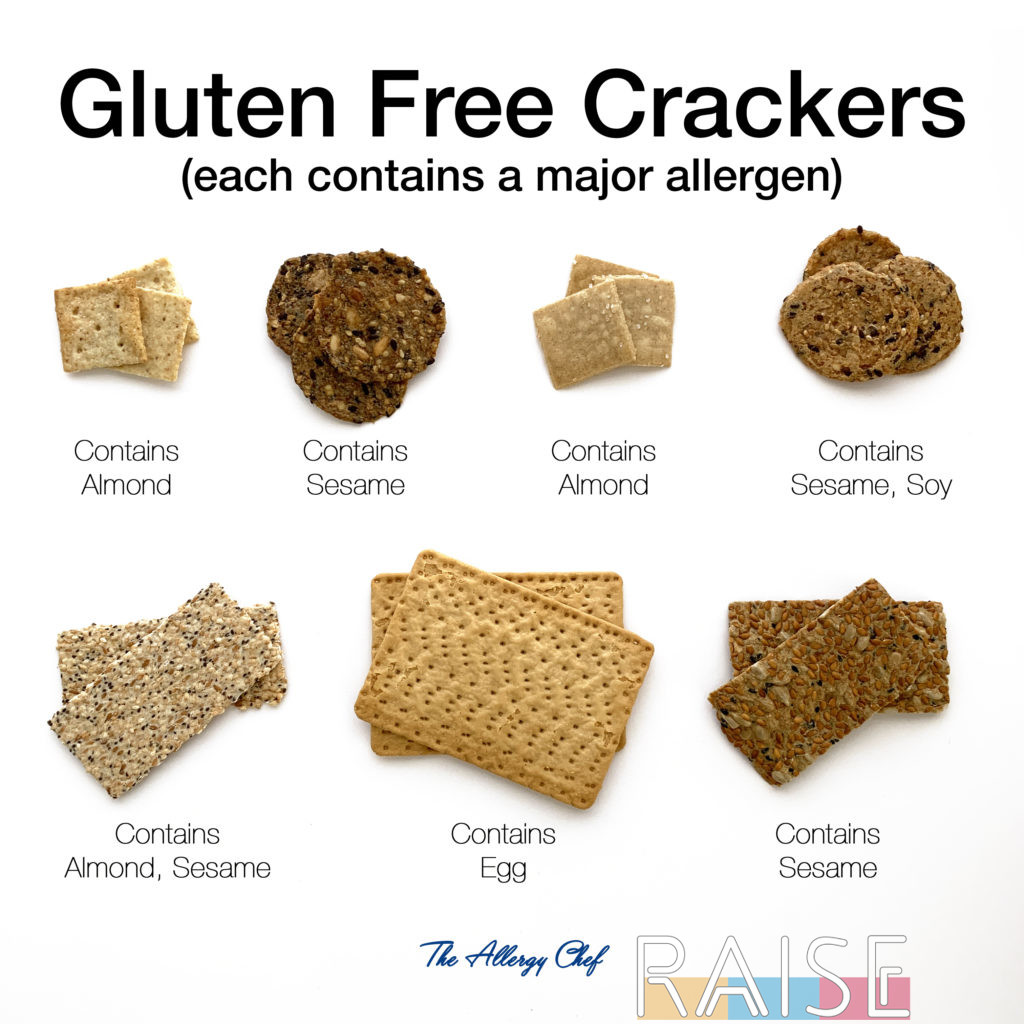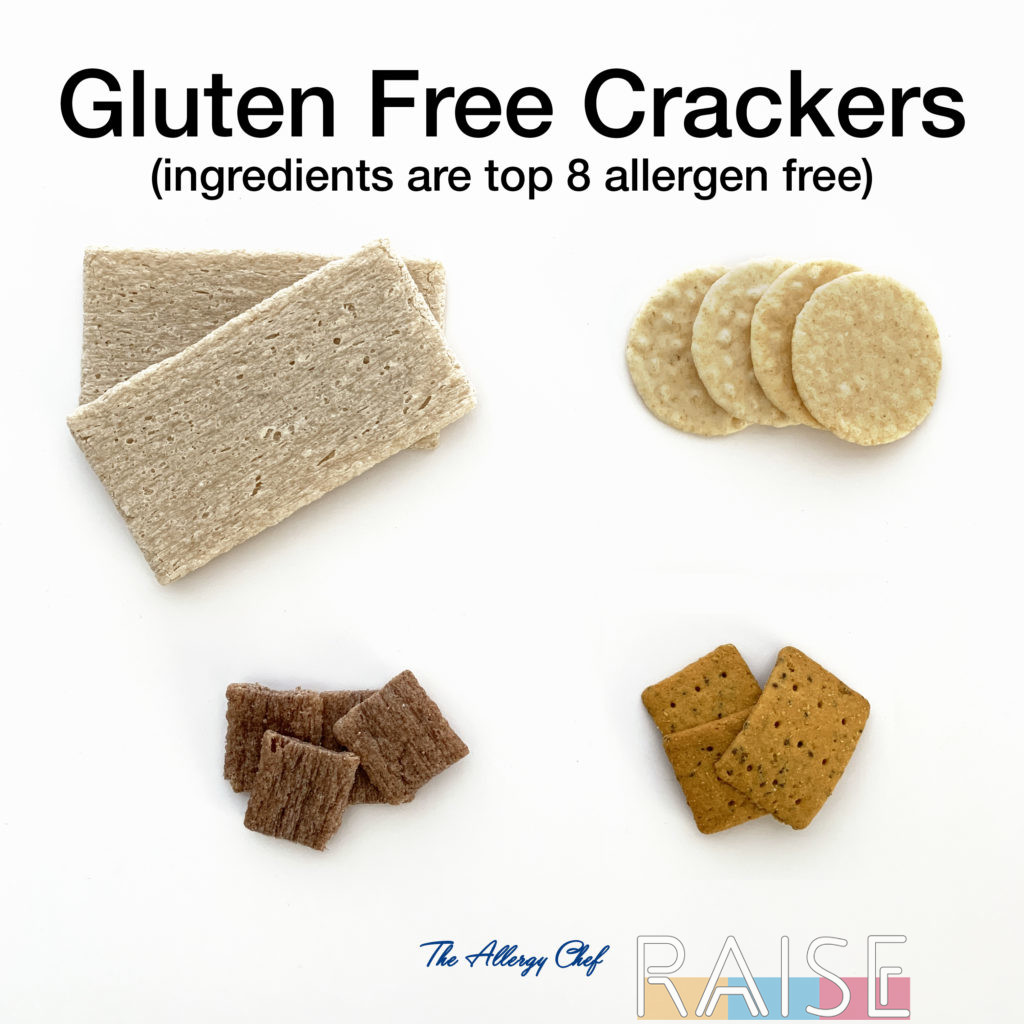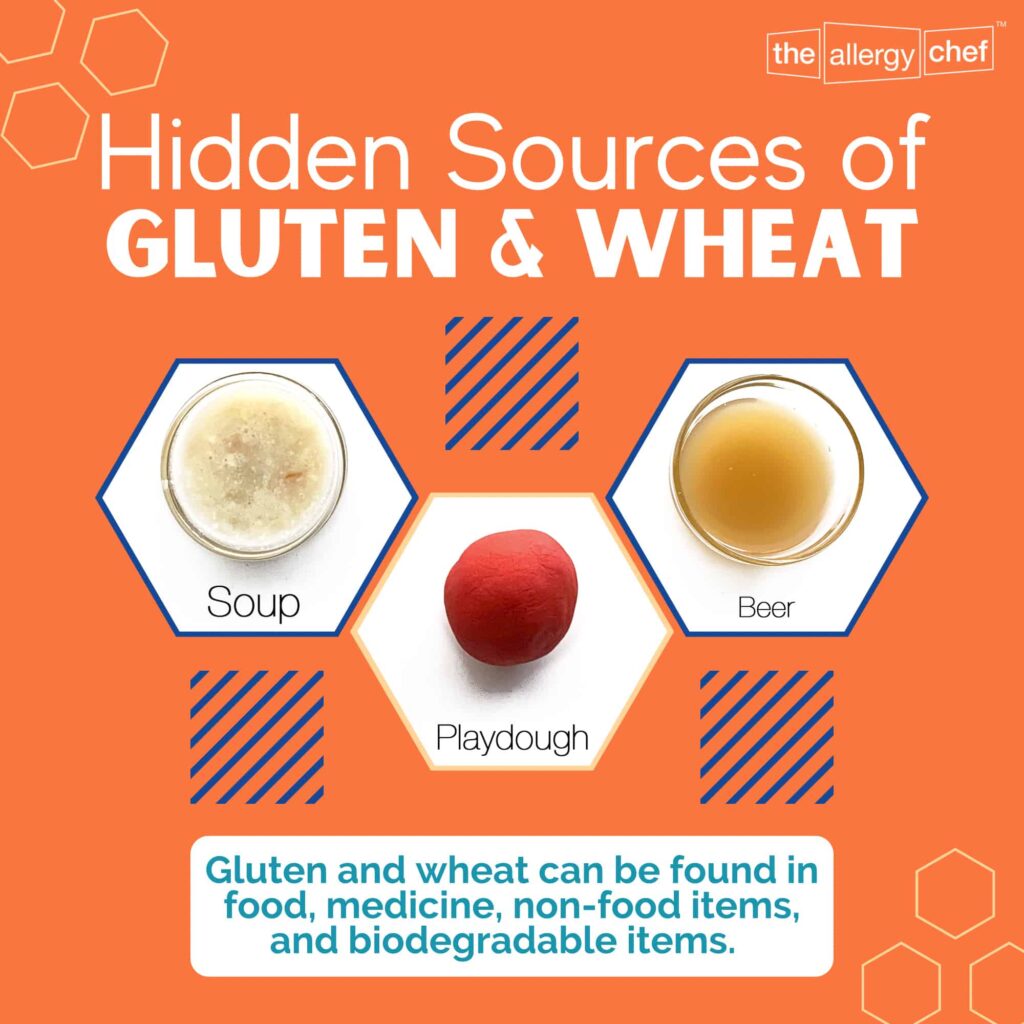Today we’re going to be talking wheat free basics and gluten free basics. It’s important that you understand what it all means, then we’ll talk substitutions for things commonly made with wheat and/or gluten.
Wheat Free and Gluten Free Are Not the Same
It’s important to know this before we jump in today. Whilst the terms are used interchangeably, they’re vastly different. Wheat is considered a major allergen in every country that has a grouping of major allergens (there are 9 officially in the United States).
Gluten on the other hand is a protein found in wheat, rye, barley, and some also say oats. I won’t get into gluten free oats in this article, but you can read all about oats here.
Gluten is the protein that affects people with Celiac Disease and Non-Celiac Gluten Sensitivity. In wheat, it’s called gliadin, and in barley it’s called hordein. Rye also contains gluten in that case it’s called secalin. Oats contain a protein called avenin which is protein strain that’s similar to gladian, hordein, and secalian.
So you can see, gluten is found in wheat, rye, and barley. It means that if you’re gluten free, you need to avoid all three and sometimes oat (depends on the person). If you’re allergic to wheat, you can still eat rye and barley.
It’s entirely possible to purchase a rye-based cookie and have the label say “wheat free” on the label, yet someone who is gluten free still can’t make the purchase.
Today I’m Eliminating Wheat AND Gluten
As you read through the article today, know that I’m choosing to eliminate both wheat and gluten in one go. It means more of you are served, and if I’m being honest, unless you’re wheat free and LOVE the taste of rye or barley, you’re not missing out on too much.
We’ve been a wheat and gluten free home for over 15 years, and if you’re concerned about lack of choice, know that you’ll be ok. I’ve put together a list of our fave gluten free products here for you to enjoy.
What Can I Substitute For Wheat?
This is a really popular question and the answer is: in baking, a blend of gluten free flours. In cooking, a neutral gluten free flour such as rice or sorghum.
Notice I said blend. If you’ve ever purchased a gluten free baked good that’s dense and gross, it means their base blend was bad to start with. This article on gluten free flour will help you understand more of the details which I won’t get too far into today.
Now you might be wondering, what makes The Allergy Chef the expert on this? I operated a successful gluten free, wheat free, top 9 allergy free bakery that’s served thousands of people WITHOUT food allergies. People say it’s the best cake they’ve ever had and if we hadn’t told them it was free-from, they would have never known. Talk about a compliment!
In fact, I’ve shared some of the bakery recipes on RAISE for Platinum and Diamond Members as a special perk. One lady took a bite and said “I can die now.” Yup, life changing wheat and gluten free cake. That’s what I want you to know, that you can absolutely be free-from and still have amazing baked goods. It’s all in the ratios.
How to Substitute Wheat in Cooking
I want to touch on this a little bit more. In cooking you’ll have roux recipes, a couple of mother sauces, and recipes that use flour as a thickener. Those are the three most common ways that flour is used in stove-top cooking. There are others such as choux, but that’s for another day.
In each case, you’ll use a neutral flour in the place of wheat flour, unless your goal is to create a distinct flavour. My personal favourite is sorghum flour (superfine) for cooking. Sometimes I’ll use arrowroot in frying to create a specific texture. Outside of those two, it’s rare that I’d use something else.
Let’s take an onion tart as an example. There’s a step after cooking down the onion that calls for flour to be sprinkled all over your onion, then well mixed. This is the base of the thickening agent (flour + milk). Simply use sorghum or another neutral flour in its place and continue with the recipe. The results are awesome.
My biggest piece of advice, tiger nut flour (tuber, NOT a tree nut) is not suitable for cooking. Also, if you hate the taste of a specific flour, do not use it in your cooking. The kids hate the taste of amaranth and most bean-based flours, and you won’t find them in my recipes.
What Can I Eat If I Have a Wheat Allergy?
A LOT!!! That’s the great news of the day. First, we need to talk shop though. If you can’t have food made on shared equipment with what you’re allergic to (about 30% of the free-from community falls into this category), then your options for convenience store-bought items is going to be greatly limited. In your case, I would urge you to get the Top 8 Allergy Free Product List or the Gluten Free Allergy Friendly Product Guide. All of the product guides and lists on RAISE take shared equipment into the equation (something no other list maker is doing). It means well over a thousand calls have been made to find out all the details from manufacturers. You can also download this free Top 10 Gluten Free Products list, made by the taste testers around here.
Hard truth: more than 70% of foods certified gluten free are made on shared equipment with wheat and it’s usually not disclosed on the label. I’m not going to go down that rabbit hole right now, but if you’d like to, read these three articles to learn a lot more on the topic:
- Dairy Free & Milk Free Swaps
- Gluten Free & Wheat Free Food Swaps
- How To Go Gluten Free: What to do When You’re Newly Diagnosed
Now, if you’re cooking and baking at home, you can have almost ANYTHING. There are a few limits, such as grain salads that rely on wheat. Additionally, you’ll miss out on foods that need ancient wheat as their core flavour. Outside of recipes like those, gluten free flour blends can take you pretty far. Plus, there are loads of commercial products to help you along.
Wheat Free and Gluten Free Pasta Substitutions
This is something most people think about. Two of our favourite brands are Jovial and Cybele’s Free to Eat. Both are made on wheat and gluten free equipment. The taste testers say the Jovial rice pasta is the closest to wheat-based pasta out of all the brands they’ve tried so far. I like making them eat Cybele’s because it’s rice free so I don’t have to wear my respirator to cook it. It’s also veggie based which I adore because I’m a huge fan of nutrition boosts.
If you’re looking for ramen, Lotus Foods is a great alternative. Now, you won’t be able to find every Asian-style noodle wheat and gluten free. However, like we show you in this Chow Mein Memories recipe (top 9 free), you don’t need to. As long as you’re able to pull in the right flavours and most of the textures you’ll be OK. Part of the battle will be managing your expectations.
In the case of chow mein, if you keep expecting a specific noodle, you’ll be let down. If you tell yourself this will remind you of chow mein, you’ll be really happy. With that particular recipe, the kids said it was better than the one they get at their favourite Chinese restaurant. WOW.
Wheat Free and Gluten Free Bread Substitutions
If you’re reading this, you need to know: you’re living in a time of abundance. 20 years ago, even 10 years ago, there weren’t this many options for people who are wheat and gluten free. You were lucky to find a dense nasty brick loaf of bread made poorly from one flour.
Now, you have choices for not only wheat and gluten free, but also egg free, milk free, paleo, vegan, and the list goes on. What I can tell you about gluten free bread is that it’s an individual choice. I can find you 10 people who love brand A and 10 who hate it. There’s no right answer.
The kids have reviewed various gluten free breads and you can see what they think. I’m told that if you can have eggs, Canyon Bakehouse (link to review) is hands down the winner. A LOT of wheat and gluten free people agree on this. Other brands that get a lot of love are Schär, Little Northern Bakehouse, and O’Doughs.
Now, your unique restrictions will dictate which brands you can have. On top of that, if you’re a fan of clean eating, you may not like any of the popular brands due to ingredients. In your case, you’ll want to look at brands such as AWG Bakery, along with Paleo brands and local artisans in your area.
If you’re a sourdough fan, be sure to check out Bread SRSLY, as they have a great reputation and free-from equipment. The last big bread tip I can give you: it tastes better warm, especially toasted. It’s just a thing about gluten free bread that some people never really get around.
Which Flours Are Wheat Free?
There’s a long list of flours (sometimes called pseudograins) that are wheat free and the most popular are made from:
- Beans
- Corn
- Nuts
- Oats
- Potato
- Rice
- Seeds
- Tubers & Vegetables
Within each category you have more options such as sorghum, millet, teff, garbanzo, and many more. Essentially, any flour that’s not derived from wheat is wheat free. Hearthy is a really cool brand that makes “exotic” flours from fruits and vegetables. In some specialty stores you’ll also find things like sweet potato flour. You’ll want to avoid other strains and names of wheat such as:
- Bulgur Wheat
- Durum Wheat
- Einkorn
- Emmer
- Farro
- Graham Flour
- Kamut
- Semolina
- Spelt
- Triticale
Which Flours Are Gluten Free?
I’ll give you the short and easy answer: any flour not derived from wheat, rye, or barley is gluten free. In some countries, for the sake of labeling, oat flour would also be on that list.
What’s left are flours derived from beans, corn, fruit, nuts, oats, potato, rice, seeds, and other vegetables. To read a long list of gluten free flours and what they can do for you, read this article on gluten free flours. You’ll learn about the most important trait of gluten free flours: their weights.
Best Wheat Free and Gluten Free Crackers
This is something else people ask about and depending on your taste buds, you’re not going to be a very happy camper. First, there aren’t a ton of gluten and wheat free cracker options. On top of that, if you need free-from equipment, you have a handful of choices left.
One of the most popular gluten free crackers is Simple Mills Almond Sea Salt Crackers. They have an awesome allergen chart found in the FAQ of their website that talks about product, equipment, and facility.
Around here, we purchase Mary’s Gone Crackers because of the allergen status. I’ve also gotten the Le Pain des Fleurs for Kid Two since he likes to use them for his tuna salad. The kids have reviewed gluten free and wheat free crackers here (part 1) and here (part 2) for you to see. The outcome was… well, let’s just say there was a lot of wasted money. For those in our home who can have wheat, they don’t eat gluten free crackers, unless they’re desperate.
The Glutino crackers and Schär crackers have received good reviews from many who are free-from. You’ll have to invest in sampling a range of brands until you find the right fit for you. If you don’t HAVE to make crackers, I strongly suggest you invest in sampling. Cracker making has a low ROI. I have made them for myself and it’s just a lot of work. The work is easy, but it’s time consuming and I imagine most people wouldn’t find it enjoyable.
Wheat Allergy: Which Foods to Avoid
If you need to know which foods to avoid when you’re gluten free free or wheat free, the lists are going to be very similar. I’m also going to encourage you to enroll in this free Food Allergy Help 101 course for Celiac Disease. It covers both gluten and wheat.
First, there are the obvious sources such as wheat-based bread, baked goods that use wheat or gluten containing flours, traditional pasta, and so on.
If we’re talking convenience store-bough items, then pastries, cereals, cookies, snacks, etc. are all going to need an alternative version. The good news is that a lot exist. That doesn’t mean you’ll like them, but they do exist. In some cases, you’ll want to make it at home yourself.
Stores such as Sprouts and Whole Foods Market in the United Sates carry a range of wheat free and gluten free foods. Natural food stores and co-ops are also usually a great source of free-from foods. These days, if you can’t find it local, there’s a high chance you can order online and don’t have to go without.
Now, let’s talk about the less obvious sources. Wheat and gluten are used in a wide range of ways including in:
- Biodegradable Straws
- Beverages
- Condiments
- Flavouring Agents
- Meat Substitutes
- Medication
- Product Packaging
- Sauces
- And More
This article, Hidden Sources of Wheat and Gluten goes very in-depth. I’m going to have you read that instead of me jumping down yet another rabbit hole.
How to Read Labels for Wheat and Gluten
Here in the united States, there’s an upside and downside to this. Since wheat is one of the top allergens, legally, it must be called out on the label if it’s in the final product. You’ll see statements such as “contains: wheat”. However, gluten is NOT a major allergen and will NOT be called out. If a product contains rye or barley, you won’t see “contains: gluten” in the statement area since it’s not a requirement. Some manufacturers might do this voluntarily, but it’s not something you should expect.
The best tool I can give you on reading labels: Wednesday Workshop Replay: Calling Companies and Reading Labels. There I cover ALLLLLLL the details you’re going to need to know, as well as what’s NOT on a label.
When you read the label, you’re looking at the final ingredients. You’re not seeing cover crops, transportation, processing aids, packaging, and much more. For those who can’t have trace amounts of what they’re allergic to, there are a lot of questions you should be asking about food before you purchase it. That workshop has you covered.
Now, what about those apps people talk about? I wouldn’t trust them with my life. They’re great for new product leads, but you still need to contact companies. Companies can change formulas or co-packers at any time. They don’t have to tell you, or the app maker. Also, there isn’t a single app on the market that’s filtering for shared manufacturing equipment. RAISE has Product Guides that take equipment into account.
There is an EASY solution though to some of the label reading hoops out there. Purchase brands that are allergy-focused. Free-from brands such as Partake Foods, Sweet Potato Awesome, and Zego Foods are looking out for the community. Often times it’s a food allergy parent that’s started the company. THEY are doing things right and are hyper transparent when you call about the products.
These are also the companies that are most likely to be made on free-from equipment. If you stick to those brands, you won’t have to make as many calls and you won’t have nearly as much stress. When the kids were little, Kid Two had an allergic reaction to food made on shared equipment and after that, we never bought shared equipment foods again. It actually made my life EASIER.
Will everyone reading this need that? Nope. However, if you’re struggling with either finding safe food or food anxiety, it really is an easier solution.
What Can I Eat Wheat Free but Not Gluten Free?
In this case, you’ll be able to eat foods that contain rye, barley, and oats. Be very careful with oats however because of their processing. I talk more about this in this oat article. You’ll also need to look out for averaging. When someone is wheat free only, we still urge them to only consume gluten free purity protocol oats.
Foods made from rye and barley don’t contain wheat but they do contain gluten. This puts them in a magical spot because you can still have a mostly traditional bread which at the end of the day, is what people miss the most. Look up the “gluten window pane test” and watch a video. It’s really cool actually and shows you what gluten really does in baking. You’ll never get this in gluten free baking. It’s impossible based on principle. Whilst we can mimic a lot of what wheat and gluten do, we can’t replace the window pane.
There are some brands that specialize in creating wheat free gluten-based products, but I can’t vouch for any. You’ll have to do some research and most likely, will have to have items shipped to your door.
Final Thoughts
I’m sure some of you came here wondering “what can I eat instead of wheat products” or something along those lines. I hope I’ve been able to answer that for you. In a free-from nut shell, you can eat almost anything. If you’re curious about which products the kids have LOVED over the years, download the Top 10 Gluten Free Products list. Everything on the list is made on wheat and gluten free equipment.
Whilst we are living with an abundance of choices in all the major categories, just remember to do your due diligence and also be willing to put in the elbow grease.
I think it’s important to note that we are the minority and should not expect a company to shell out millions on equipment and more to serve us when their customer base isn’t free-from. Instead, we should be supporting free-from companies that were made just for us.
If you fall in the 30% group that can’t tolerate shared equipment, eating out will be nearly impossible and more than 40% of your food will probably need to be made at home. Don’t see this as a bad thing. See this as an opportunity to connect with your food, get creative in new ways, and explore new flavours.
If you don’t know where to start, start with this free recipe for fluffy pancakes on RAISE. Those pancakes are bomb dot com and will show you that safe and delicious is absolutely on the menu. I’ve also linked more resources below to help you on your journey.
Gluten Free (& Allergy Friendly) Recipes I Think You’ll Love
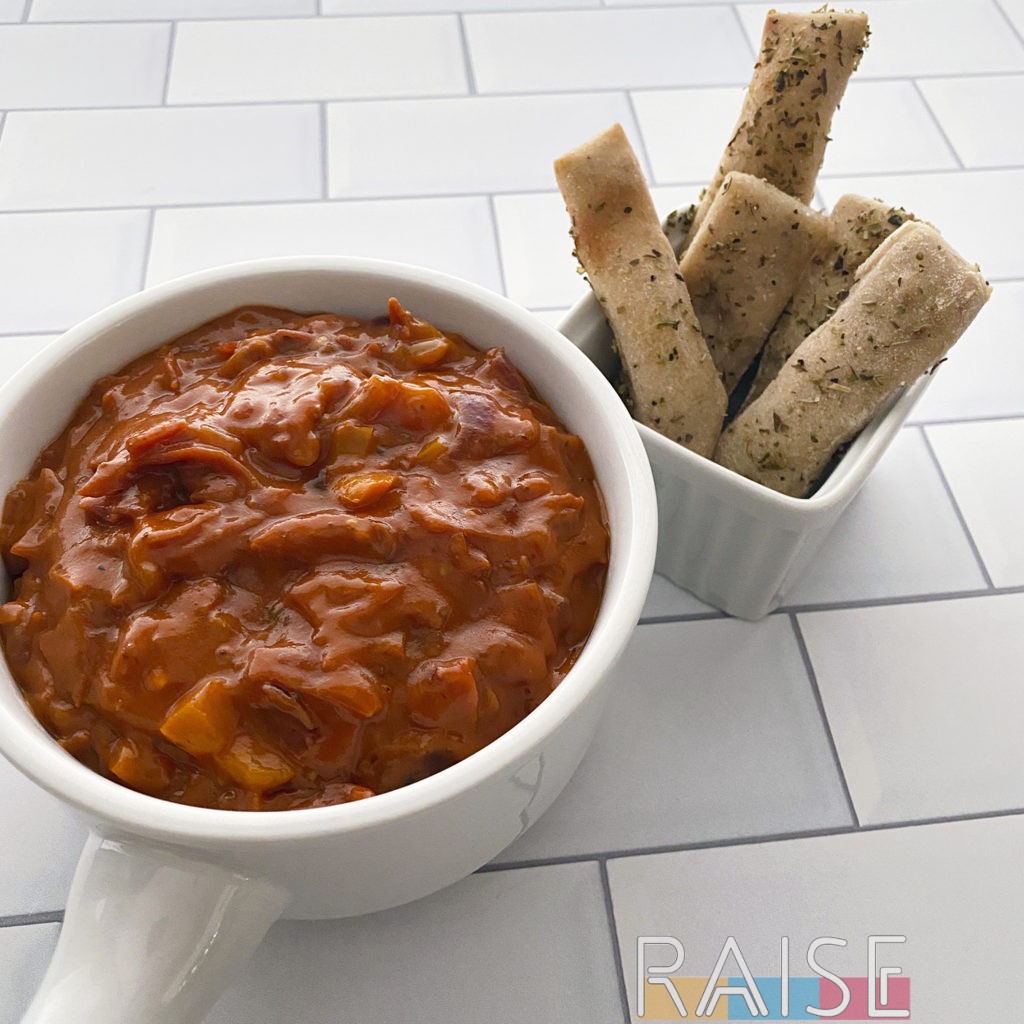 |
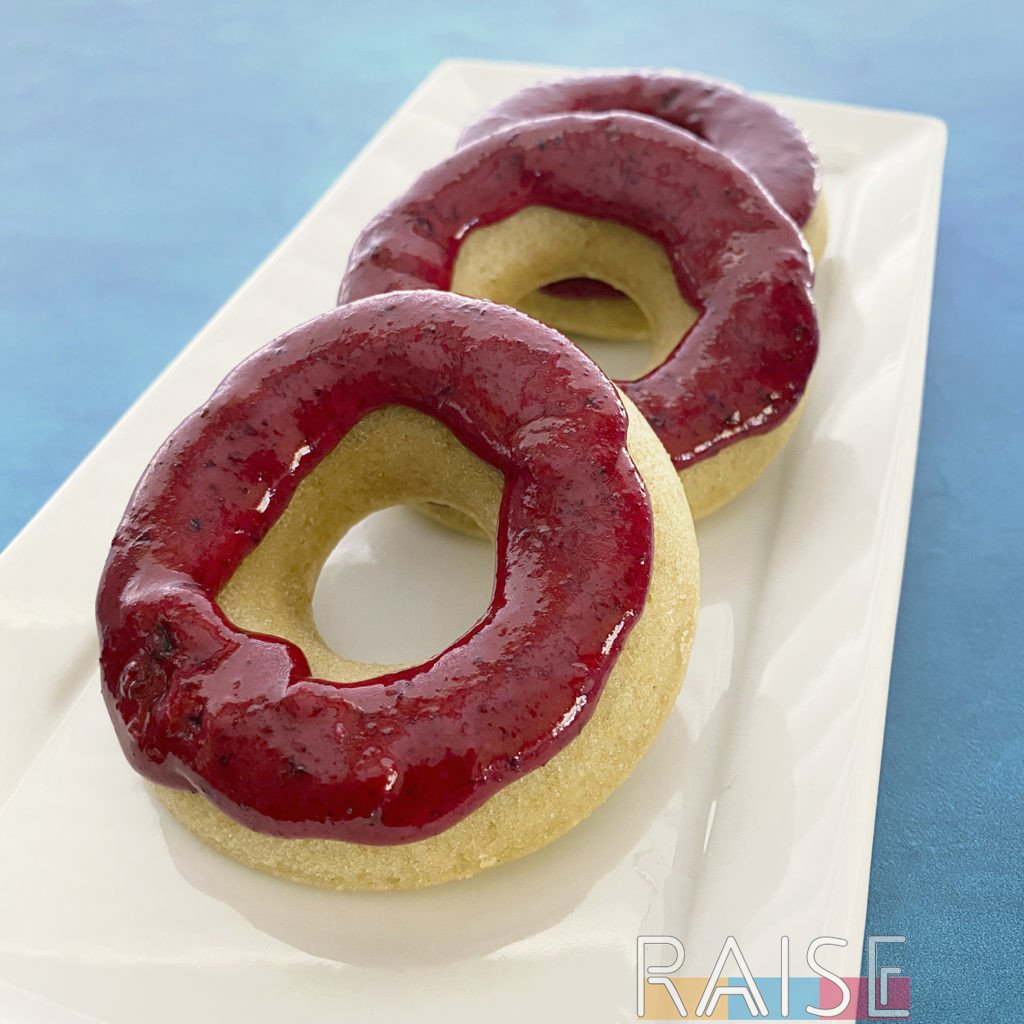 |
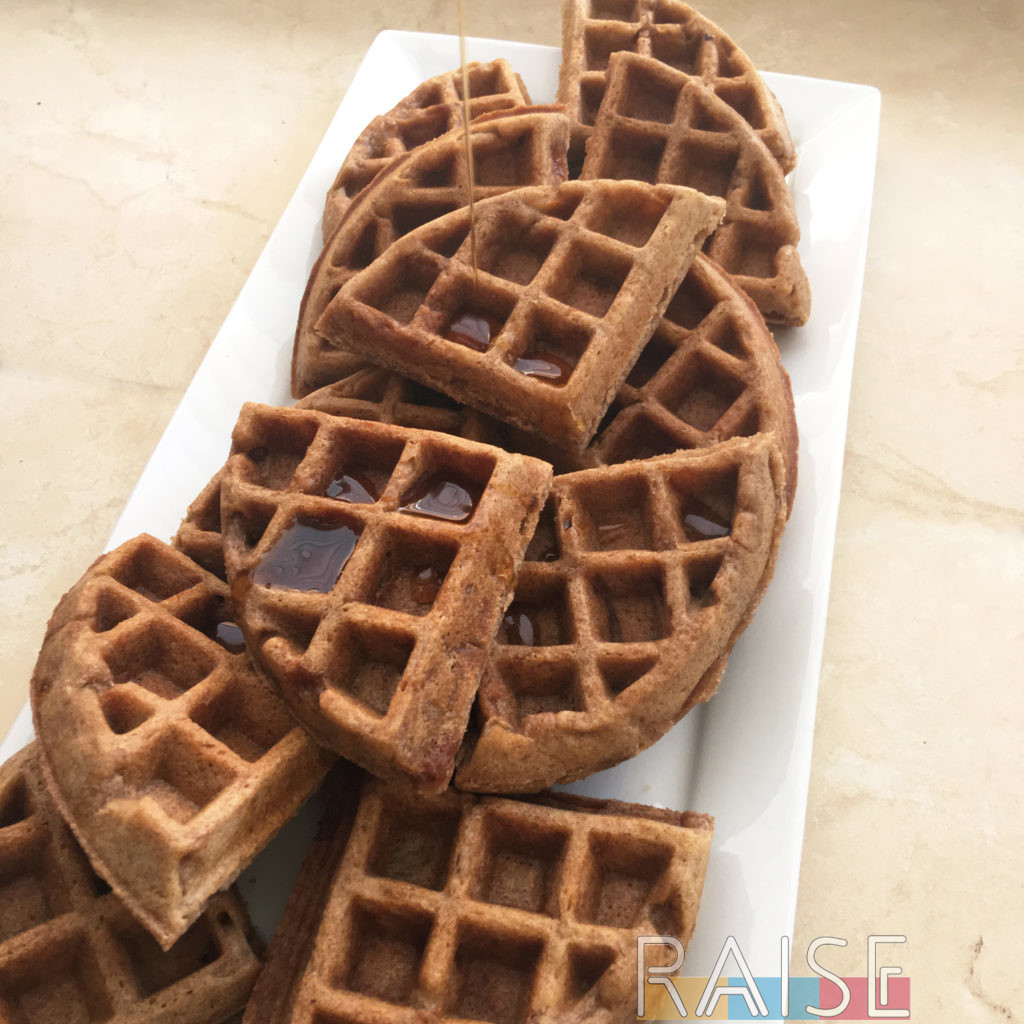 |
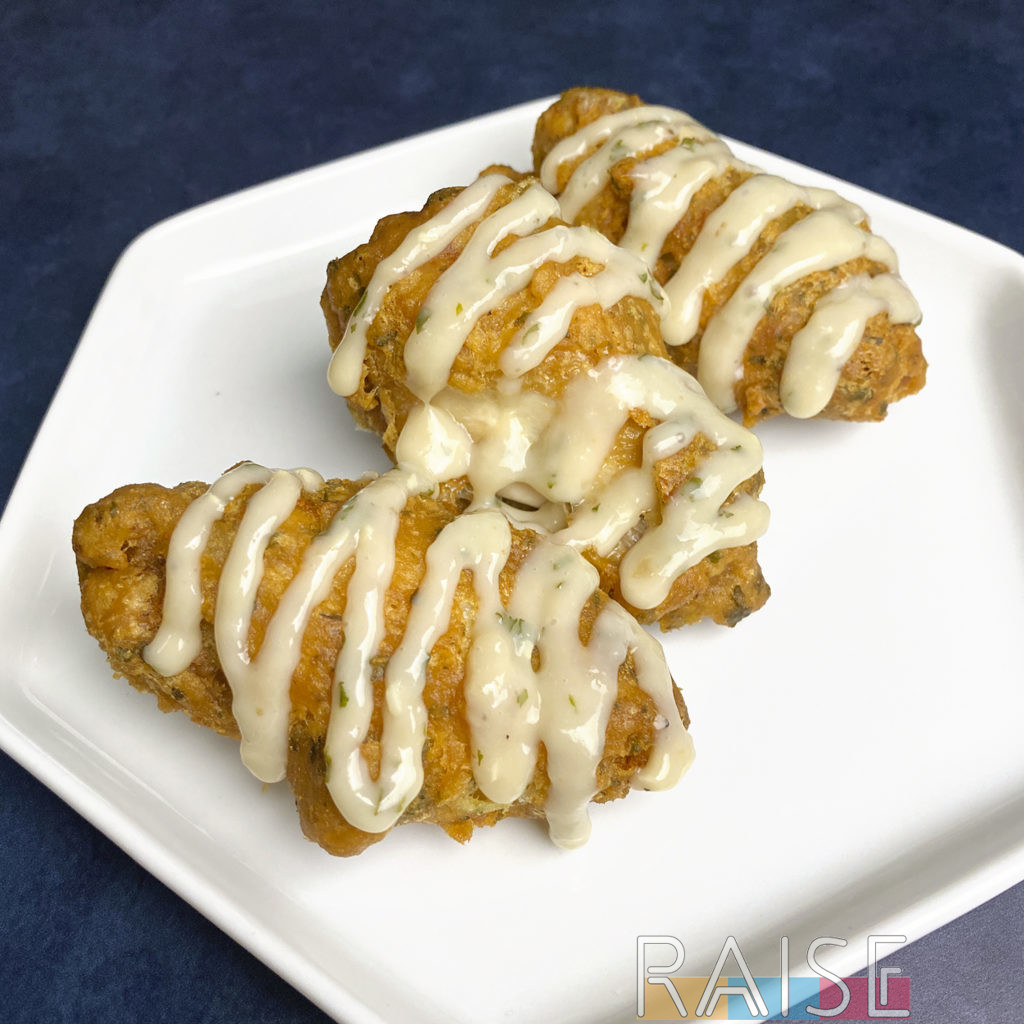 |
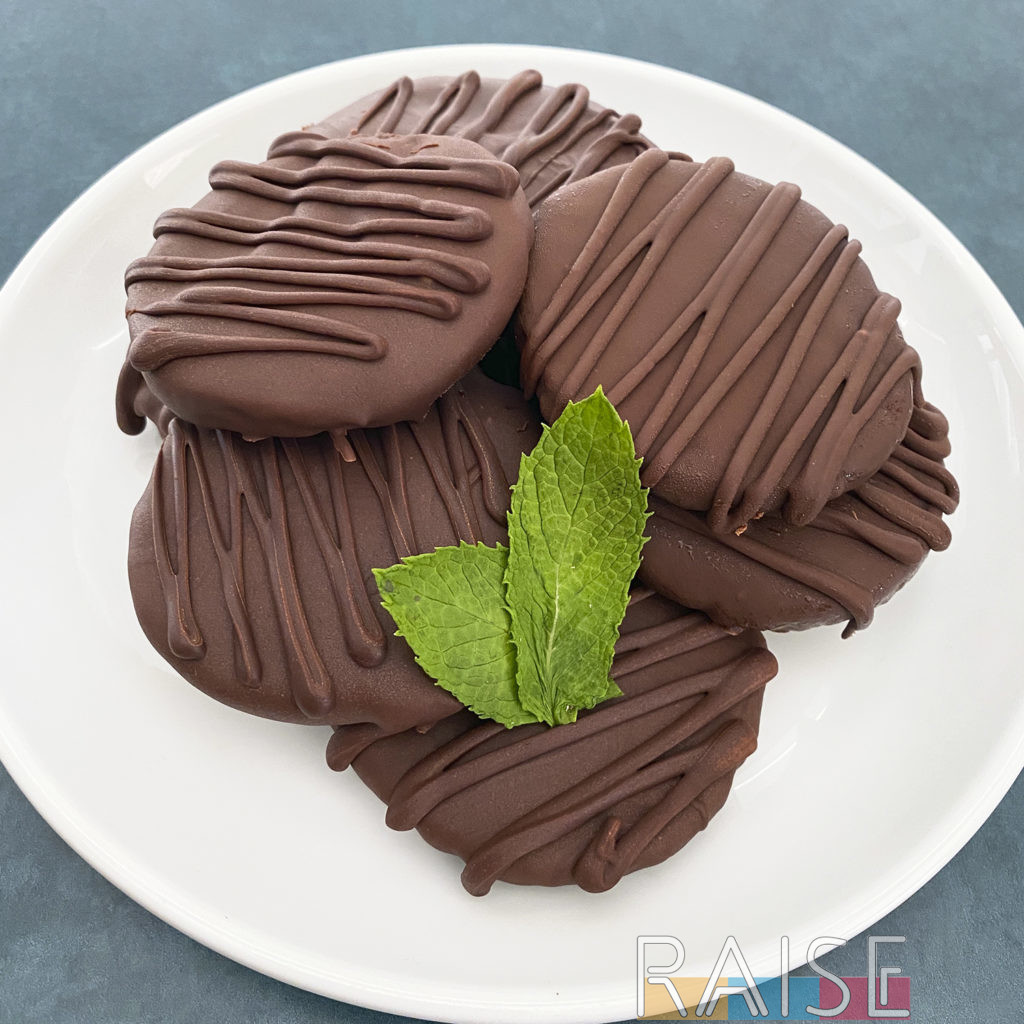 |
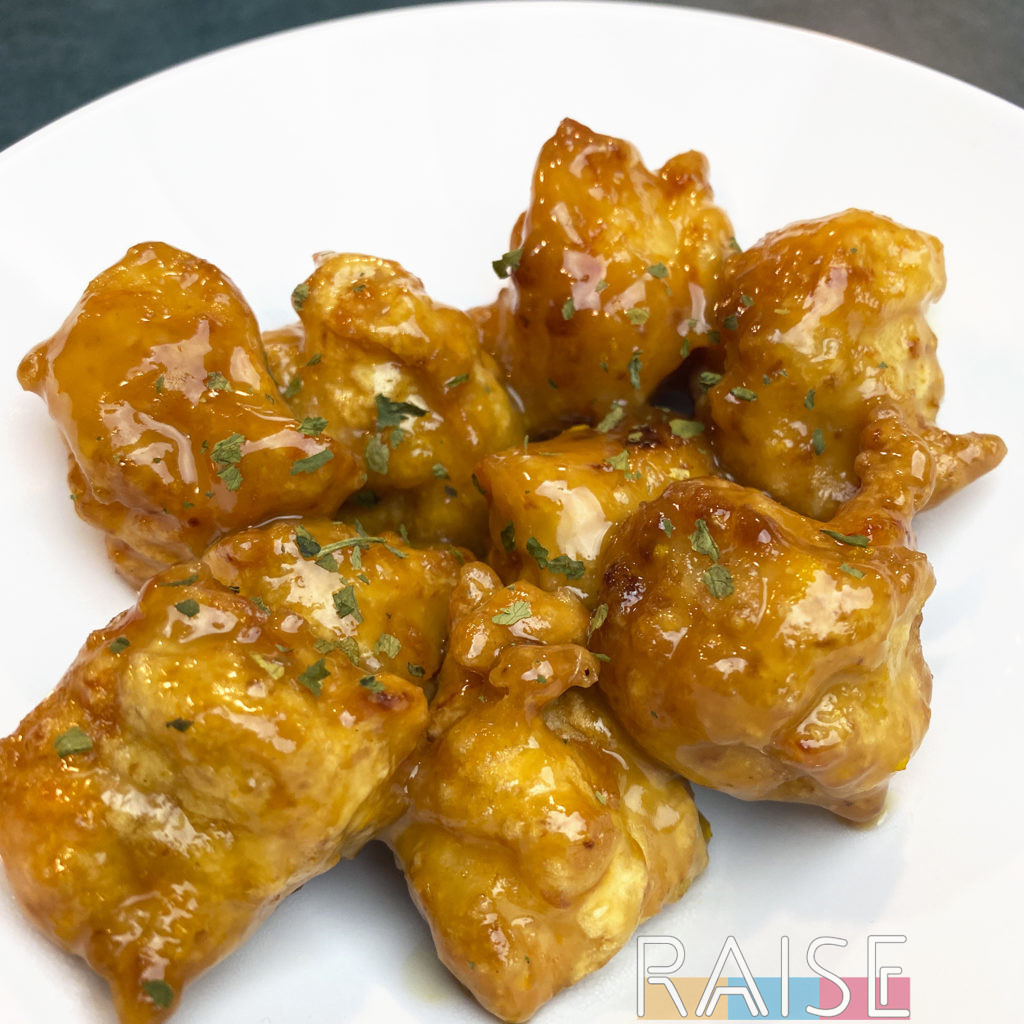 |
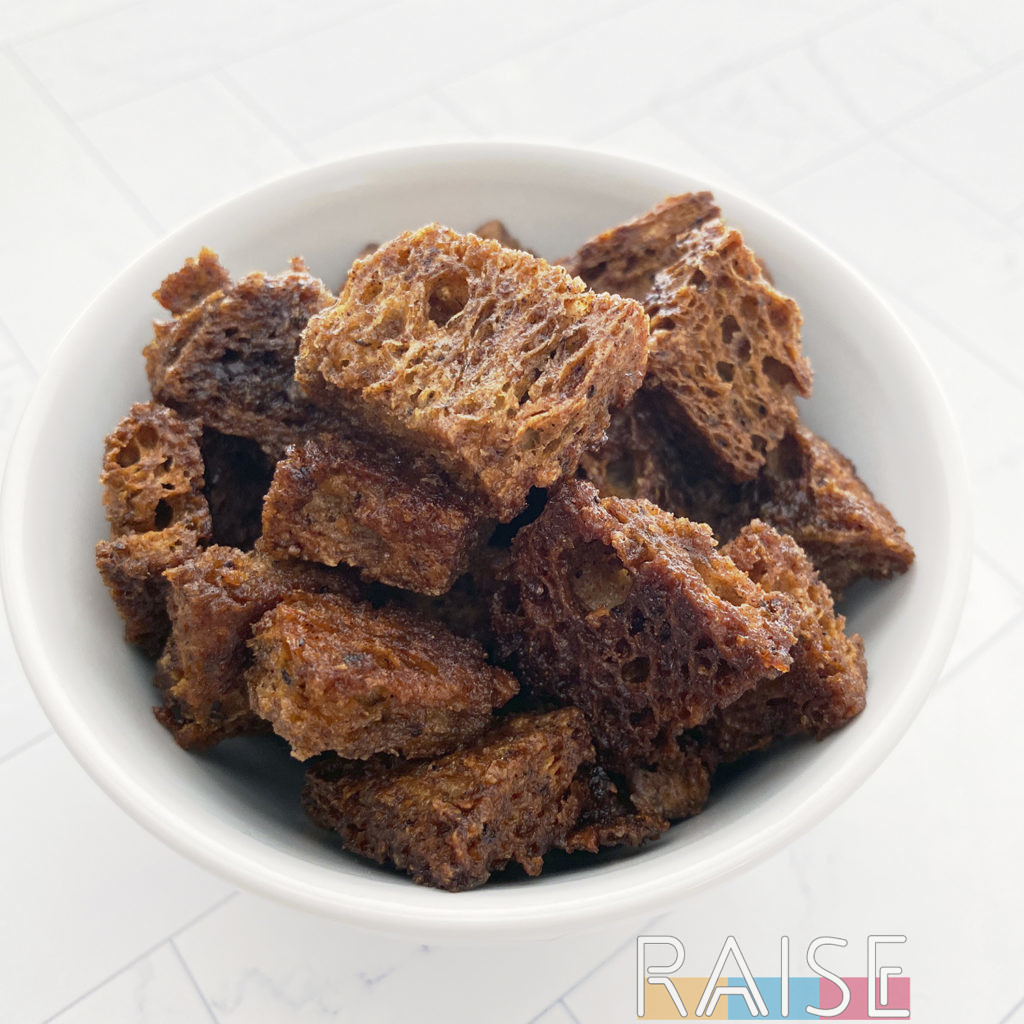 |
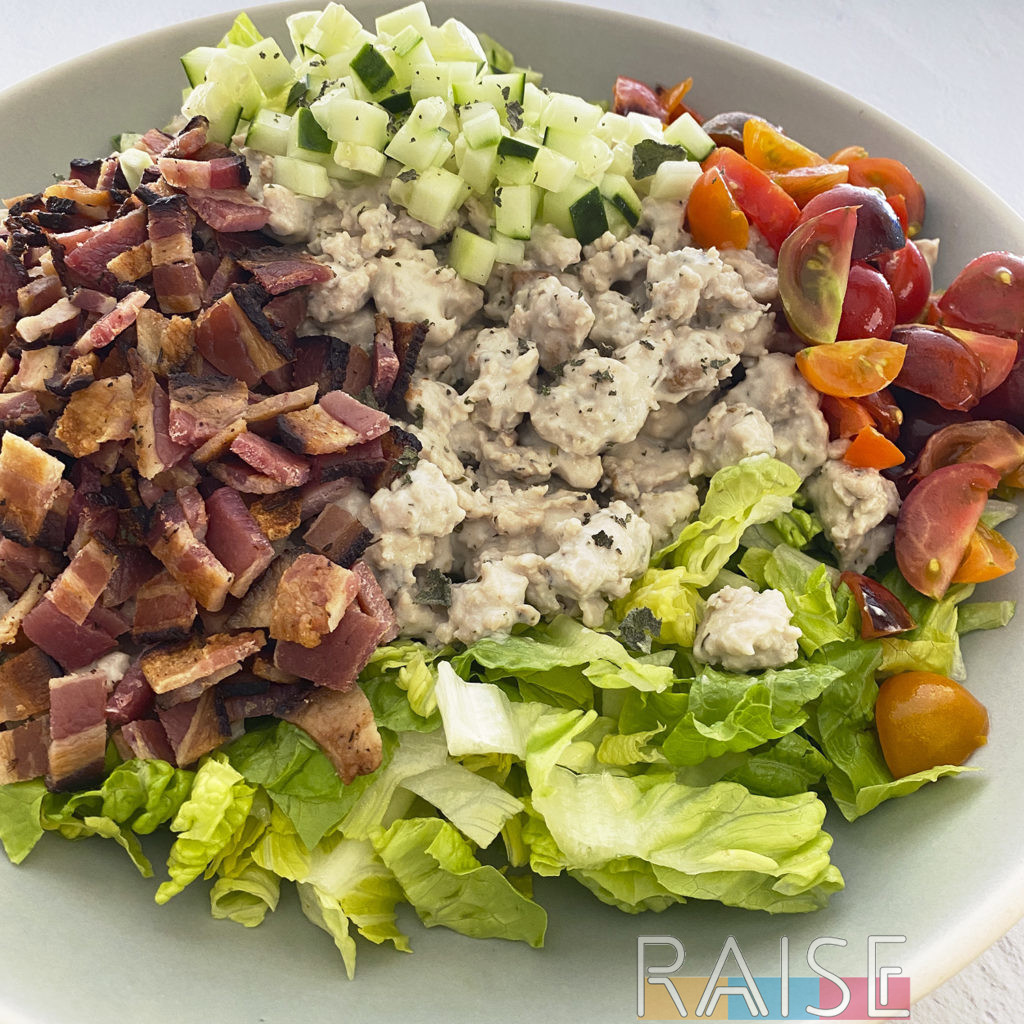 |

